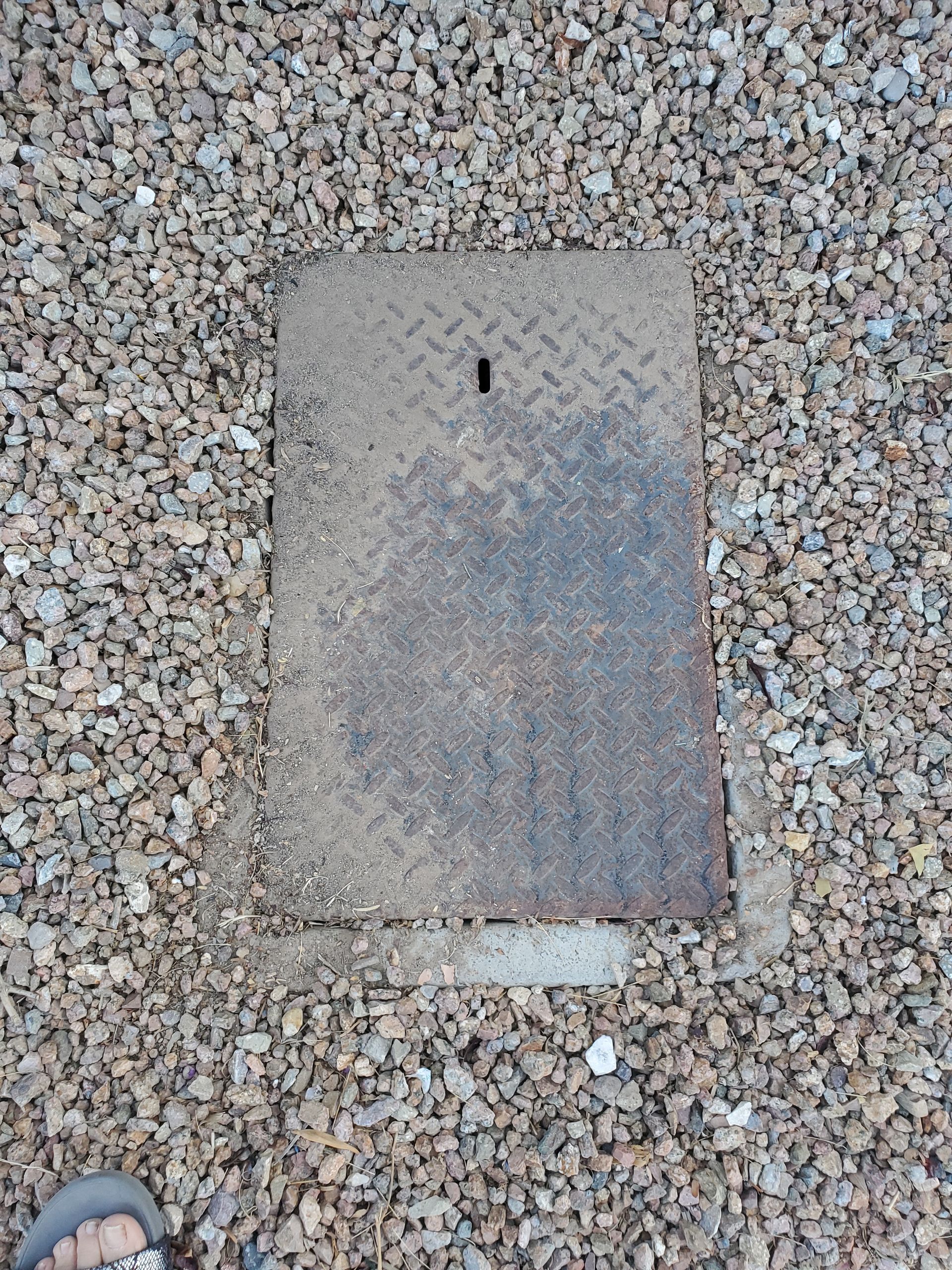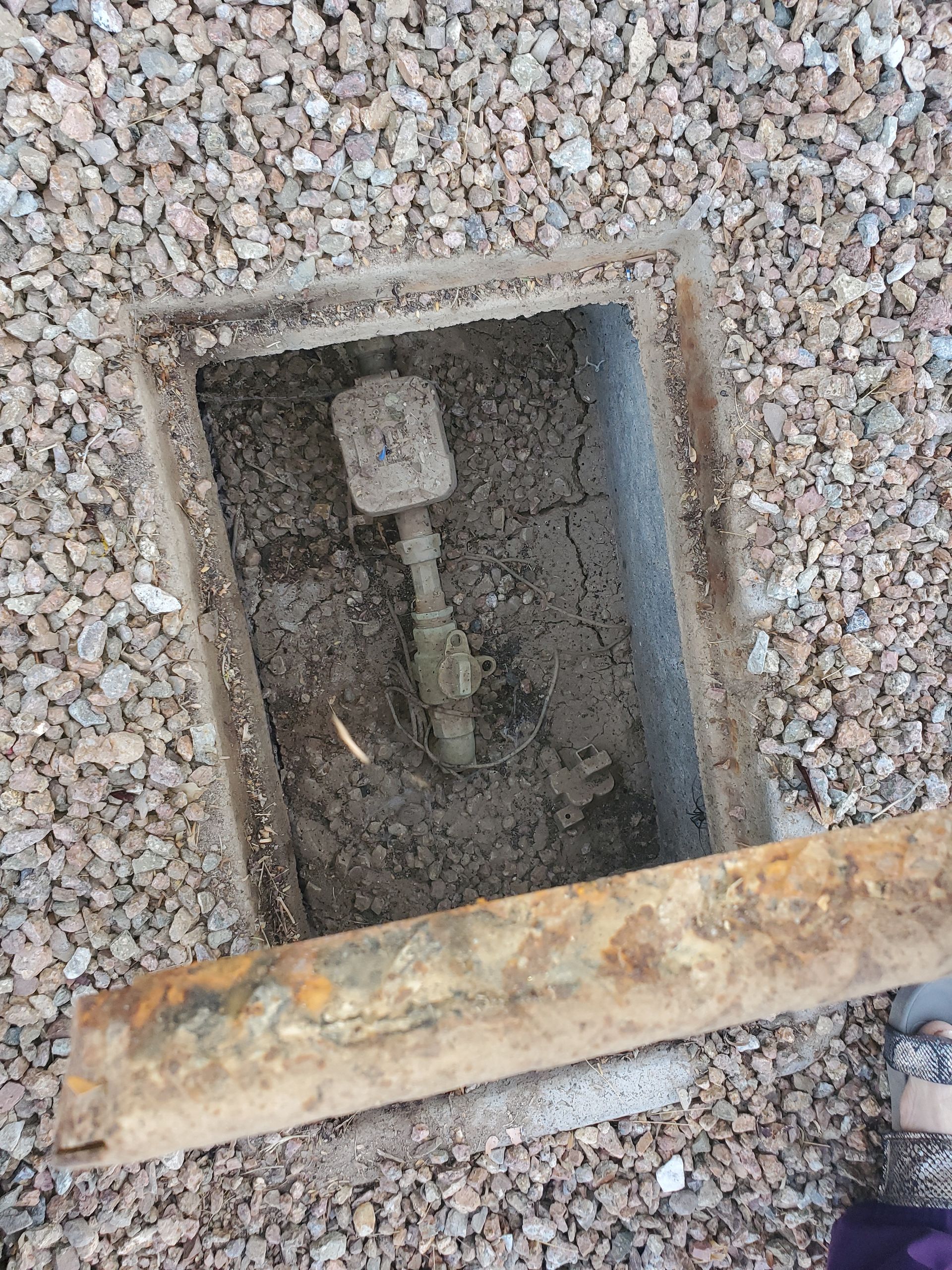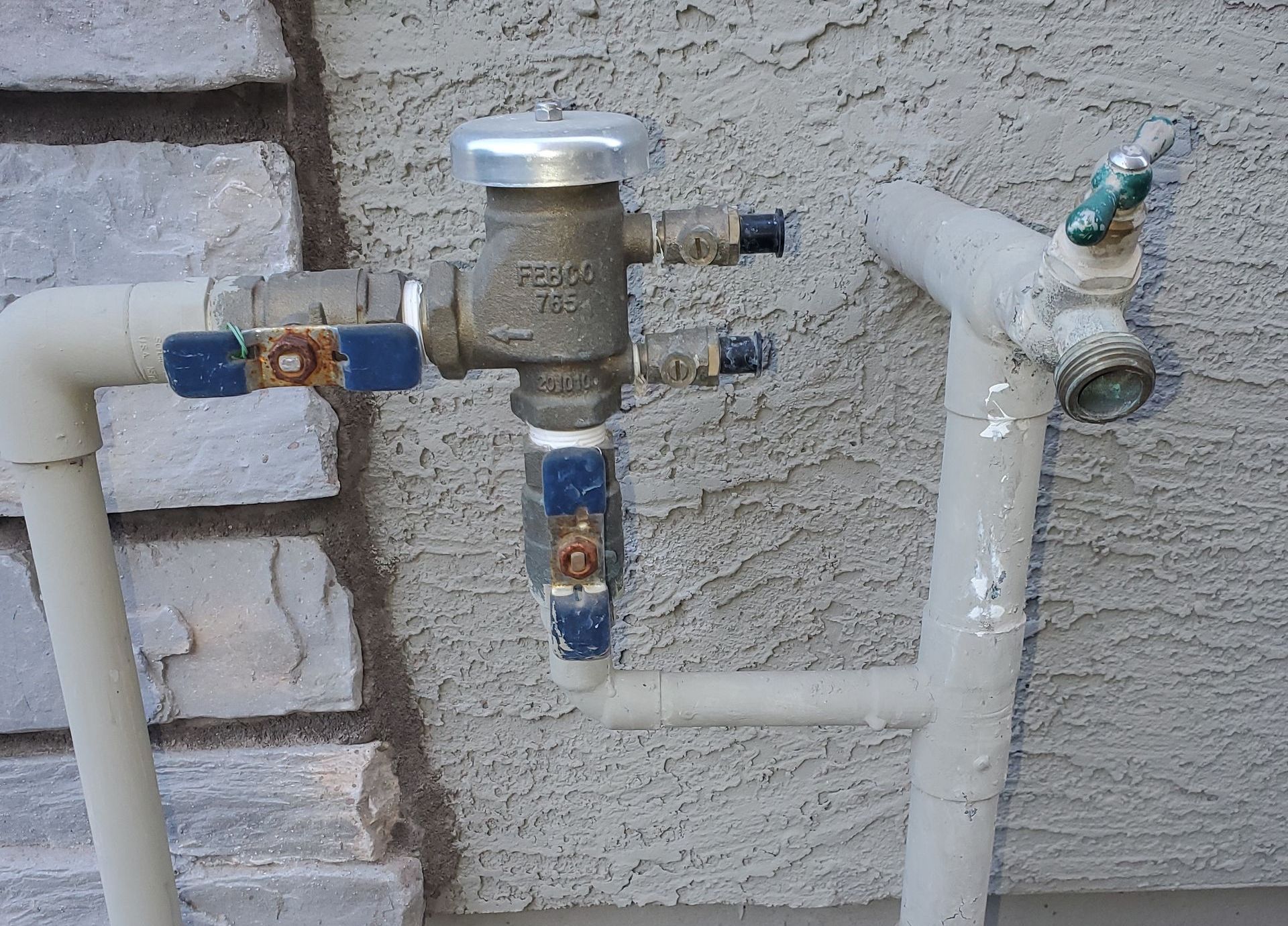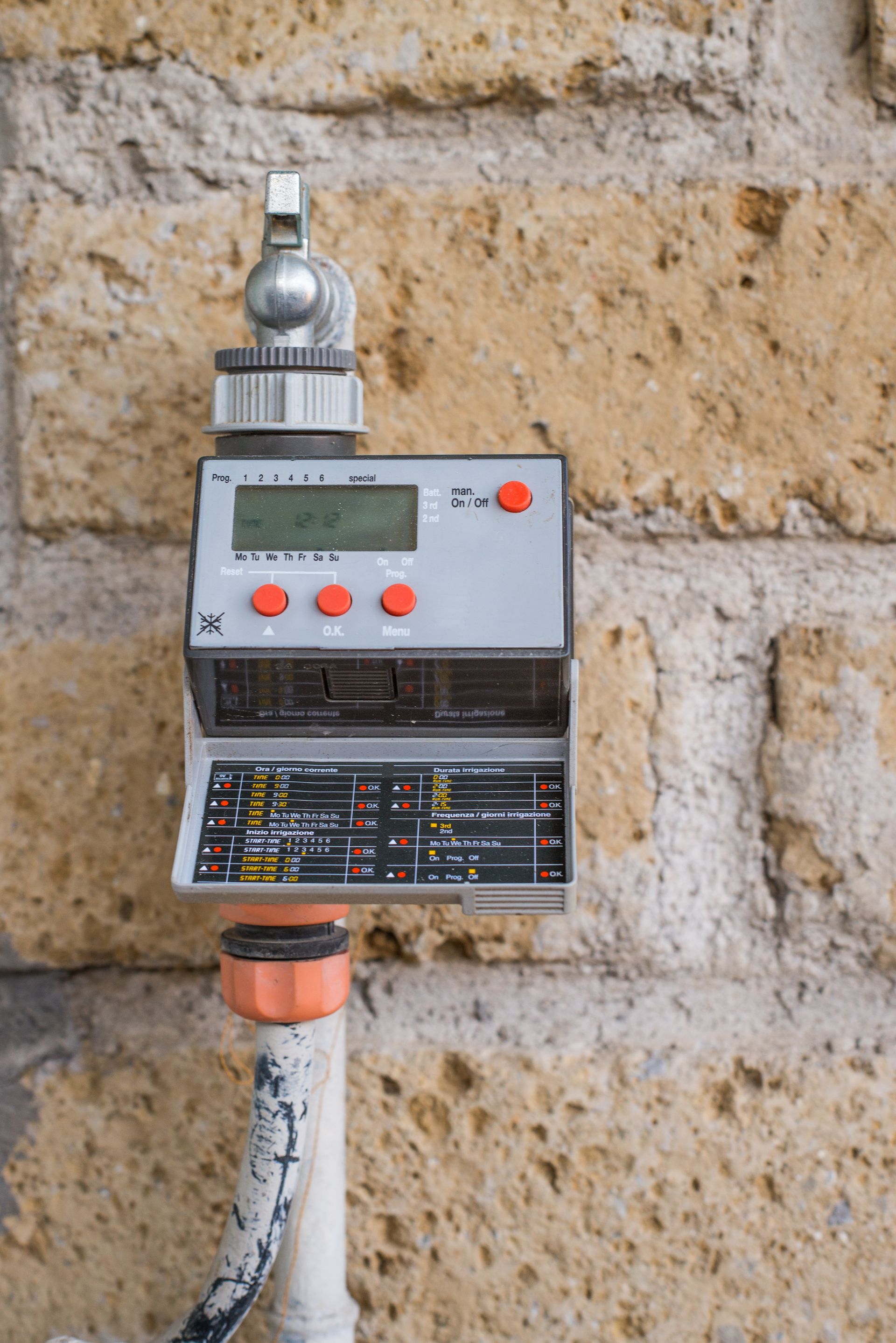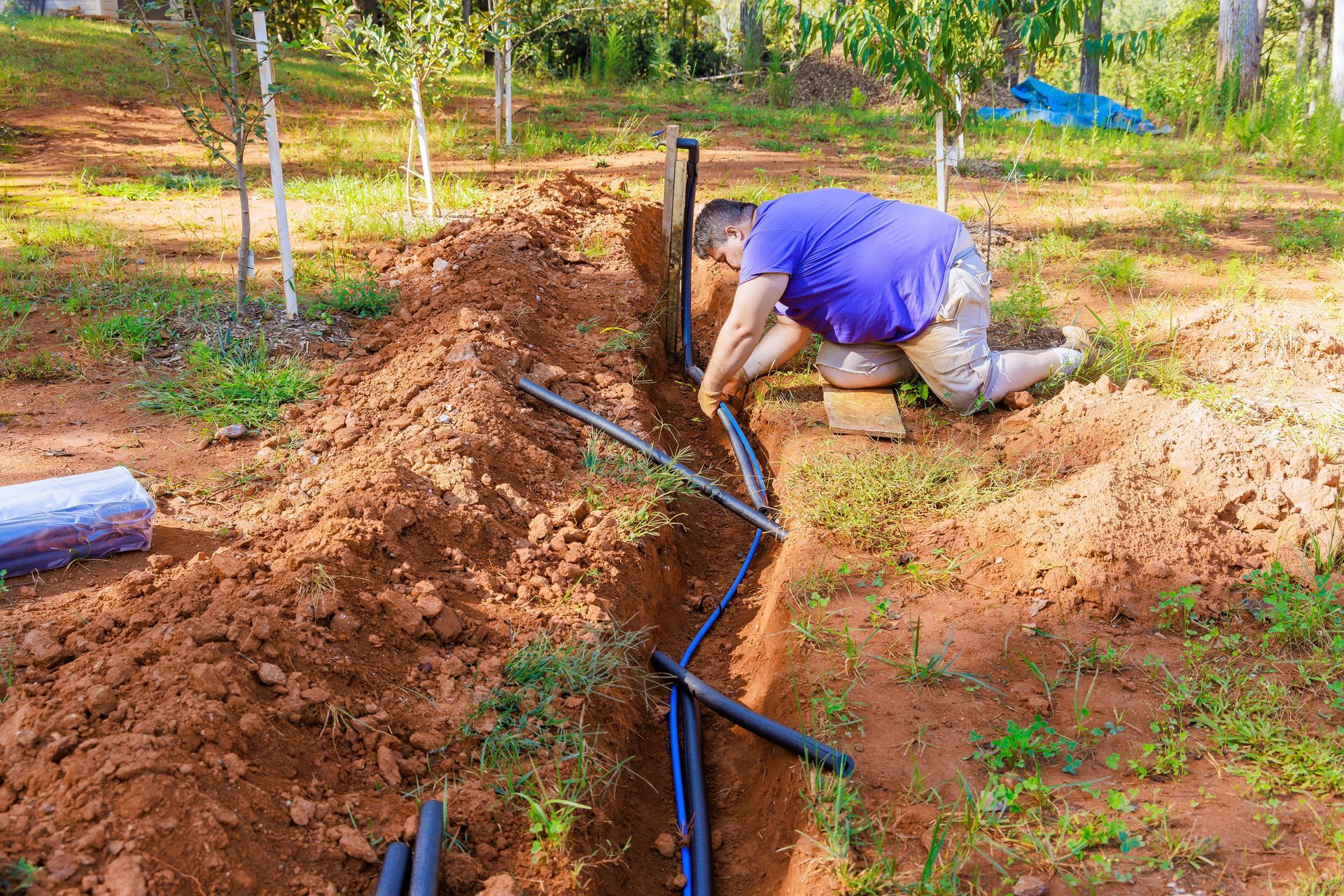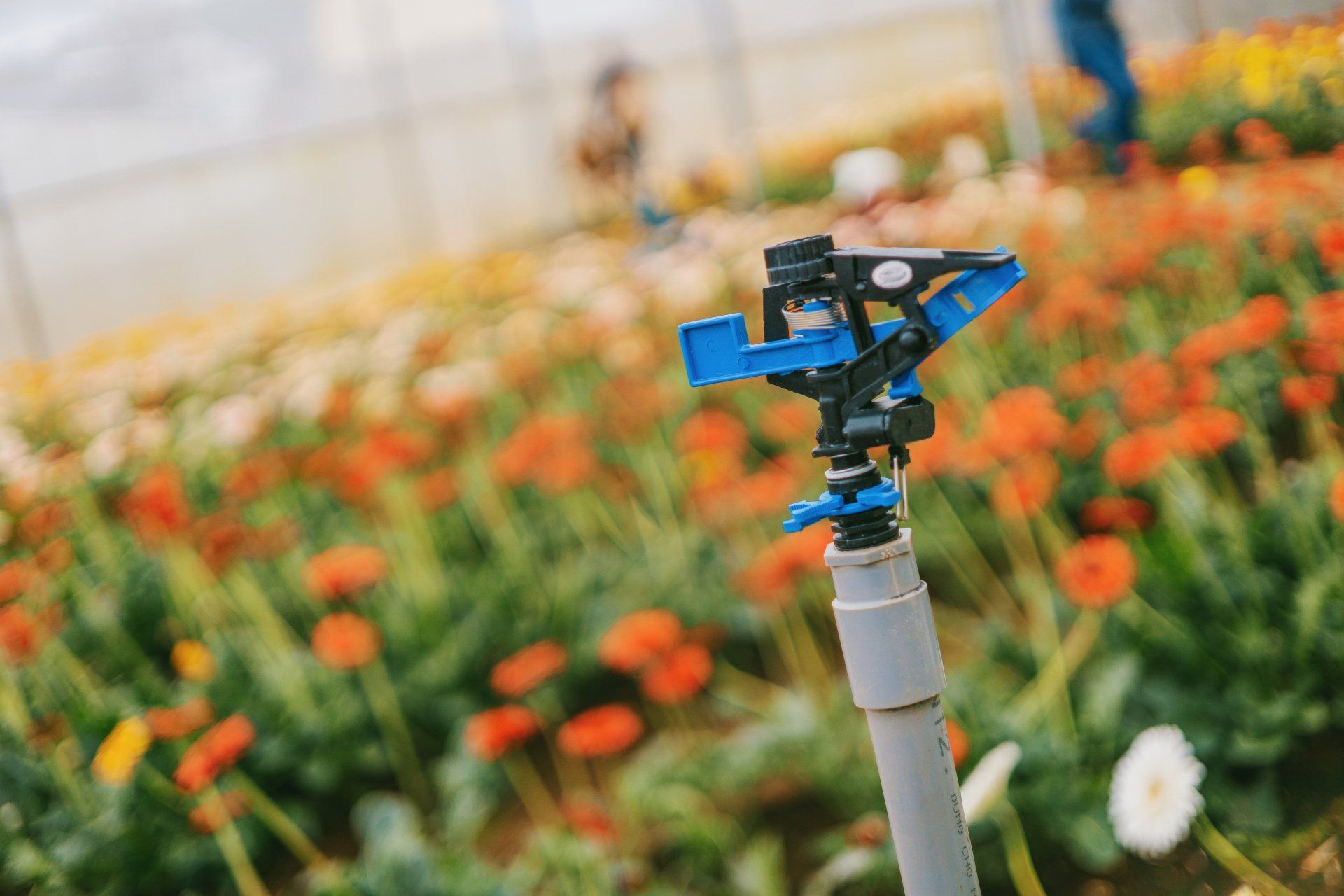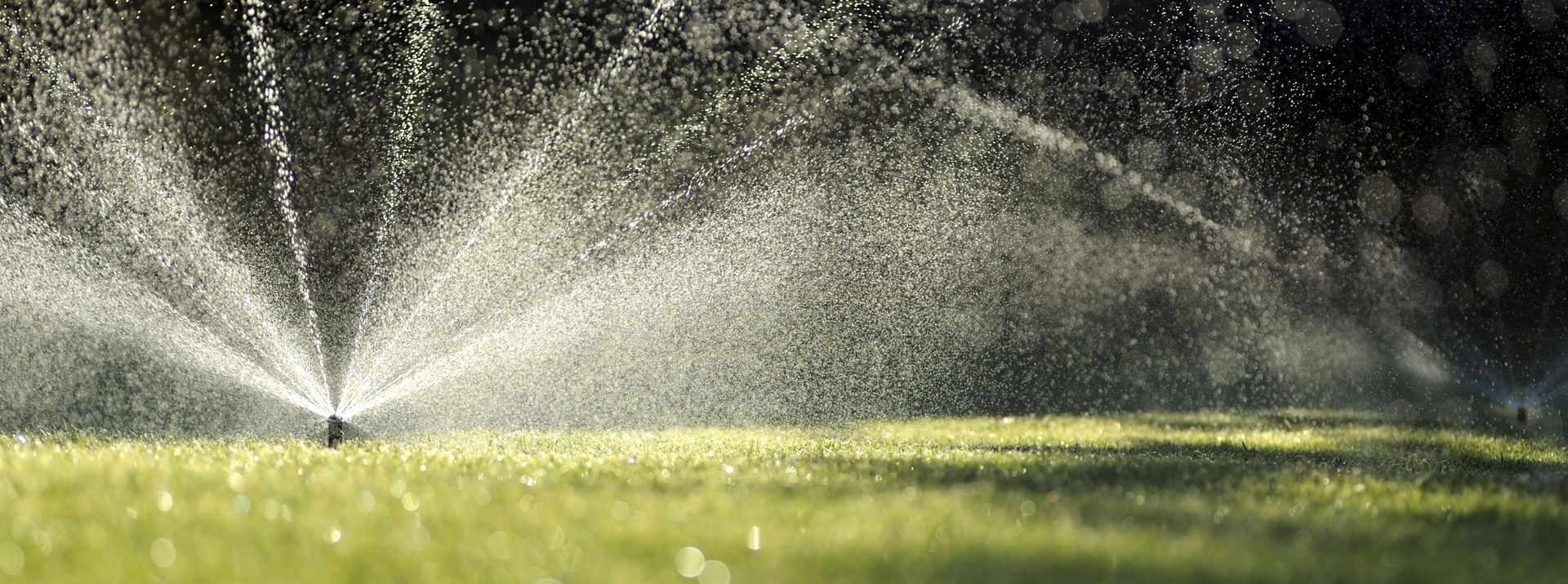
Sprinkler system Components and Basics
Where to begin? There's so much to know. Here, we will break down the basics of the parts needed to form your sprinkler system, as well as some teaching on the water system you should know. Let's get to it!
Your water source - this is where it all begins. You have water coming to your home from an outside source, most likely from the city water lines, or from a well, or even from a pond. This is usually a very large pipe that runs near your home (called the city water main). From this large pipe, a smaller pipe runs underground toward your home (or other area you want it to go, like a field, or garden, or barn...). There is a meter installed on this smaller pipe to count how many gallons of water is being sent to your home when you turn on a faucet, shower, hose, etc.
Main shut off valve - This is a valve or knob near your home that literally stops all water coming into your home from the city. This is used in case of a main leak somewhere, or a flood inside your house. This is installed by the city when the house is being built. Always good to know where it is.
Sprinkler shut off valve - this one shuts off all the water going to your sprinkler system only, in case of a leak outside, or upgrades you want to do. This can be installed above or below the ground.
Water pressure - this is measured in PSI (pounds per square inch). This is how much pressure, or force, your water lines exert when turned on. Usually, most homes are around 35 PSI. If yours is lower, you won't be able to turn a lot of sprinkler heads on at the same time.
Water Flow - this is the amount of water coming from your home water line, and going into your sprinkler system, called GPM (Gallons per minute). You need to know what your home GPM so you figure out how many sprinkler heads you need, as well as what kind. For example, maybe you have a large backyard, but your PSI & GPM are on the low side. The solution is to divide the area to be watered into "zones". Each zone has different pipes going to it that can be set to turn on at different times (fewer sprinklers popping up at once) to help with the low water pressure. Voila!
Timers or Controllers -
These devices allow you to set up an automatic schedule to water your lawn. It can allow multiple different areas or places, called zones, to be watered. These zones are determined by how you will lay out your underground pipes (i.e. front lawn, back yard, garden, trees, etc). The timer is the brain of the sprinkler system. It operates on electricity. They are usually placed outside near the side of the house, inside a protected box, but can also be under a carport, or inside the garage. The timer will need to be programmed to start at a certain time, how long to run, and on what days to come on.
Underground Pipes - these are smaller pipes that carry water from the main water pipe to the sprinkler heads. The pipes are made up of several different materials, such as PVC, copper or galvanized (some city ordinances require particular types, or may require professional installation!). Trenches will need to be dug to lay the pipes into, around 8" to 12", usually in a boxed or rectangular shape. Cable, gas and power lines need to be avoided. Your utility company can map and mark those out for you (probably for a fee).
Sprinkler Heads - these are attached to the underground pipes and either pop up out of the ground and start spraying water, or they are permanently set above ground. They vary in how they look, how they spray, how they pop up, and how wide of an arc their spray covers. he heads can be bought with different spray patterns, such as a rotary head that rotates from side to side, or one that sprays out like a fan shape. Some spray in rectangular shapes or straight lines. Then for long distances, there are the impact rotor heads which make a very distinct sound. The placement of the sprinkler heads depends on the amount of surface area you need to cover. You'll need to check the distance sprayed of the heads you are buy to insure you are buying enough. It is very difficult to add more sprinkler heads after your system is up and running. However, if you have too many, you can always shut some off individually. This is where those darn math skills come in handy. Most sprinkler heads are rated by gallons/minute. If you need something much less than that, consider drip systems, which are rated by gallons/hour.
Timer/Controller zones - these zones are simply different areas you want watered. One zone called zone A, will be connected to the timer by way of a valve. The timer controls the valve, and tells the valve to open up and allow water through, so that zone starts spraying. Different zones can be set up not only to run at different times, but for different length of times. You can program the timer to run differently based on the time of year, as well.
Valves - A valve is similar to a dam that holds water back until it's scheduled to be opened. Valves come in two main types: anti-siphon and in-line. The anti-siphon valve is above the ground where you can see it, which makes easier for repairs or adjustments. However, they are more prone to be damaged. The in-line valve are kept underground inside a box that can be accessed. These valves receive an electrical signal from the timer, telling it to open or close. The electrical signal runs from wires attached to the timer, and running to the valves, usually encased in PVC pipe or similar. Valves are usually placed together in groups. You can have more than one grouping.
Valve Box - this is the box where the valves and manifold are kept together and out of site underground. There is usually easy access to the boxes.
Manifold - this is a section of tubing that allows several other tubes to be attached to it. The manifold will receive the water from the house, and disperse it to the other zones, thru the additional pipes connected to it, depending on what the controller tells it to do.
Back Flow Preventer Device (BPD) - these devices stop water inside your sprinkler system from getting back into the city main line, or your main source of drinking water for your home. This is a safety issue to prevent contamination. Most cities require these. These are NOT operated by electricity, and are working even when your sprinkler system is not turned on. They keep the water flowing in one direction only, never backwards. These are usually installed at a point close to your home, onto the main water source for your home, prior to branching off to the sprinkler pipes and valves. The best place to put these is in an above the ground box right near where the main water line enters your home. This way, you can easily have the BPD tested annually without having to dig your sod up to access it. Anti-siphon valve are those valves that have a backflow preventer device in them.
Water pump - While the city insures you have plenty of water pressure for the inside of your house, or the hose outside, a sprinkler system is a whole 'nother ballgame. Water pumps installed make sure the sprinklers have enough pressure to spray with the correct amount of force. This saves money by reducing the amount of water used to create plenty of pressure. To figure out which size of pump you need, you'll need the PSI, GPM (both are explained above), the number of sprinkler heads you'll have, how high the water needs to spray (ideally under 25 feet), and how far the water needs to spray. Most pumps for a home can run on 1HP, unless you have a large place. The pumps generally have their specifications on the box. Generally speaking, most pumps are installed as close to the water source as possible.
Up next, risers and pressure regulators...

